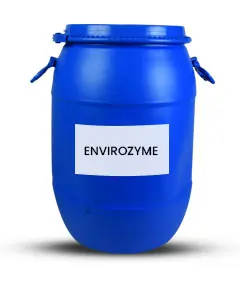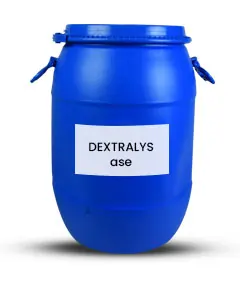Our enzymes for sugar industry will increase your yield, elevate product quality and reduce manufacturing costs by increasing process efficiency. Enzymes, the tiny catalysts that power the biochemistry of nature, play a pivotal role in modern industrial processes, and our team is at the forefront of harnessing their potential for your industry’s benefit. In an era where sustainability, cost-effectiveness, and product quality are paramount, our department stands as a beacon of progress.
AMSTAR-ase
Enzymatic solution for complete degradation of starch in cane juice
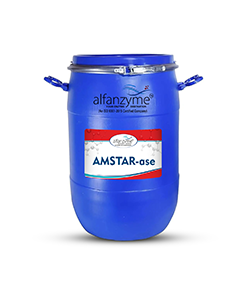
AMSTAR-ase is an endo- amylase, which catalyses the release of successive glucose units from non- reducing ends of dextrin and oligosaccharide chains by hydrolyzing both linear and branched glycosidic linkages. It contains extracellular enzymes produced by controlled fermentation of a selected strain of Aspergillus niger.
AMSTAR-ase hydrolyzes the alpha-1, 4-glucosidic bonds in amylose and amylopectin. It is used for glucose production from Saccharified starch. It is important to understand that starch is actually a complex sugar. Each starch molecule is a long chain of up to a thousand glucose molecules bonded either in a straight line or branching like the arms of a tree. AMSTAR-ase is used to attack the branched linkages to breakdown starch into single glucose units, thereby increasing the sugar yield.
BENEFITS:
1. Increase sugar quality and sugar yield
2. 60-80% reduction in starch
3. Significant bagasse and steam savings
AMSTER-ase
AMSTAR- ase is used to attack the tree at different points. It attacks the branch points and reduces the tree into individual segments segments of glucose molecules.
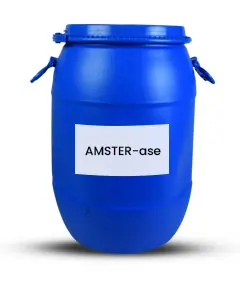
AMSTER-supra
AMSTAR- ase is used to attack the tree at different points. It attacks the branch points and reduces the tree into individual segments segments of glucose molecules.

AMSTER-con
AMSTAR- ase is used to attack the tree at different points. It attacks the branch points and reduces the tree into individual segments segments of glucose molecules.

DEXTRALYZE
Enzymatic solution for complete degradation of dextran in cane juice
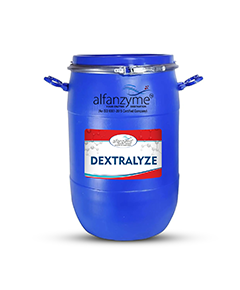
Dextran is a polysaccharide which is composed of alpha-1,6 linkage glucose unit. This polysaccharide is produced by some microorganisms such as Leuconostoc mesenteroides and by Chaetomium sp. During harvesting, sugar cane is damaged climatically or mechanically and such microorganisms will attach to the damaged portion of the sugarcane. These microorganisms will assimilate the cane sugar and produce viscous dextran. Dextralyze hydrolyzes alpha-1,6 glucosidic linkage of dextran.
BENEFITS:
1. 60-80% reduction in dextran
2. Increase sugar quality and sugar yield
3. Decrease in turbidity and increase in molasses purity
ALFA SUGARMAX
Enzymatic solution for complete degradation of starch and dextran

ALFA SUGAR MAX is an innovative product which contains endo-amylase and other beneficial enzyme blends. It catalyzes the release of successive glucose units from non-reducing ends of dextrin and oligosaccharide chains by hydrolyzing both linear and branched glycosidic linkages.
ALFA SUGAR MAX controls this high viscosity challenge. It effectively hydrolyzes both Dextran and Starch, and avoids the need to procure different enzymes like Dextranase and Amylase. Thus helps Sugar mills to reduce operating cost.
This product can be used both to manufacturer raw sugar and as well as refining process for manufacturing of white sugar.
BENEFITS:
1. 60-80% reduction in starch and dextran
2. Increase sugar quality and sugar yield
3. Reduces process costs
ALFA SULPHONILL
Enzymatic solution for 100% replacement of sulphur in sugar processing

Sulphur is used in large amounts in sugar manufacturing to reduce the ICUMSA color of the sugar. Considering the wide usage of sugar in our day to day lives, this high sulphur usage can cause multiple health hazards to the consumer. Using our latest enzymatic solution Alfa Sulphonill, you can completely replace the usage of sulphur in your sugar plant.
BENEFITS:
1. 100% replacement of sulphur in sugar manufacturing
2. Reduces the ICUMSA color of sugar by 70-80%
3. Improves clarification and crystallisation of final sugar
BACTOZYME
Enzymatic solution for microbial contamination

During the sugar process, Lactic Acid Bacteria grows at a rate of 250-670 ppm and acetic acid bacteria grows at a rate of 200-300 ppm. Growth of slime forming bacteria and thermophilic bacteria is also observed. These bacteria consume the sugar contents and produce organic acid, thus increasing the organic acidity in the sugar process that results in the decrease in pH. Bactozyme is an enzymatic formulation that helps control the growth of these bacteria, thus reducing the microbial contamination in the sugar process and controlling the problems caused by microbial contamination.
BENEFITS:
1.Reduction in total volatile acids (TVA) and microbial contamination
2. Reduction in high foaming and scum formation
ENVIROZYME
Enzyme blended culture for effluent treatment

Effluent treatment has assumed great significance in today’s context, where protecting the environment is a prime concern. The main objective is to treat the effluent before it is discharged so that the environment is not polluted. Effluent treatment generally refers to treatment of suspended and floating material, treatment of biodegradable organics and the elimination of pathogenic organisms. It is a liquid containing a concentrated source of free flowing hydrolytic enzymes and ten strains of natural bacteria that are genetically capable of producing enzymes in wastewater treatment systems under aerobic and anaerobic conditions.
BENEFITS:
1. Reduction in COD and BOD levels
2. Reduces sludge volume & viscosity
3. Reduces odor & color of effluent or waste water
- Other Products

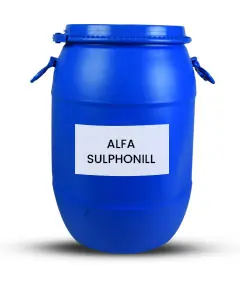
BACTOZYME
During the sugar process Lactic Acid Bacteria grows at a rate of 250-670 250-670 ppm and acetic acid bacteria grows…
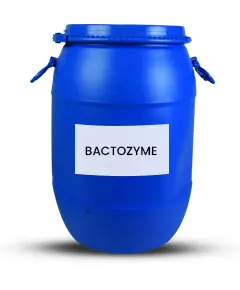
ENVIROZYME
Waste water treatment has assumed great significance in today’s today’s context, where protecting the environment
